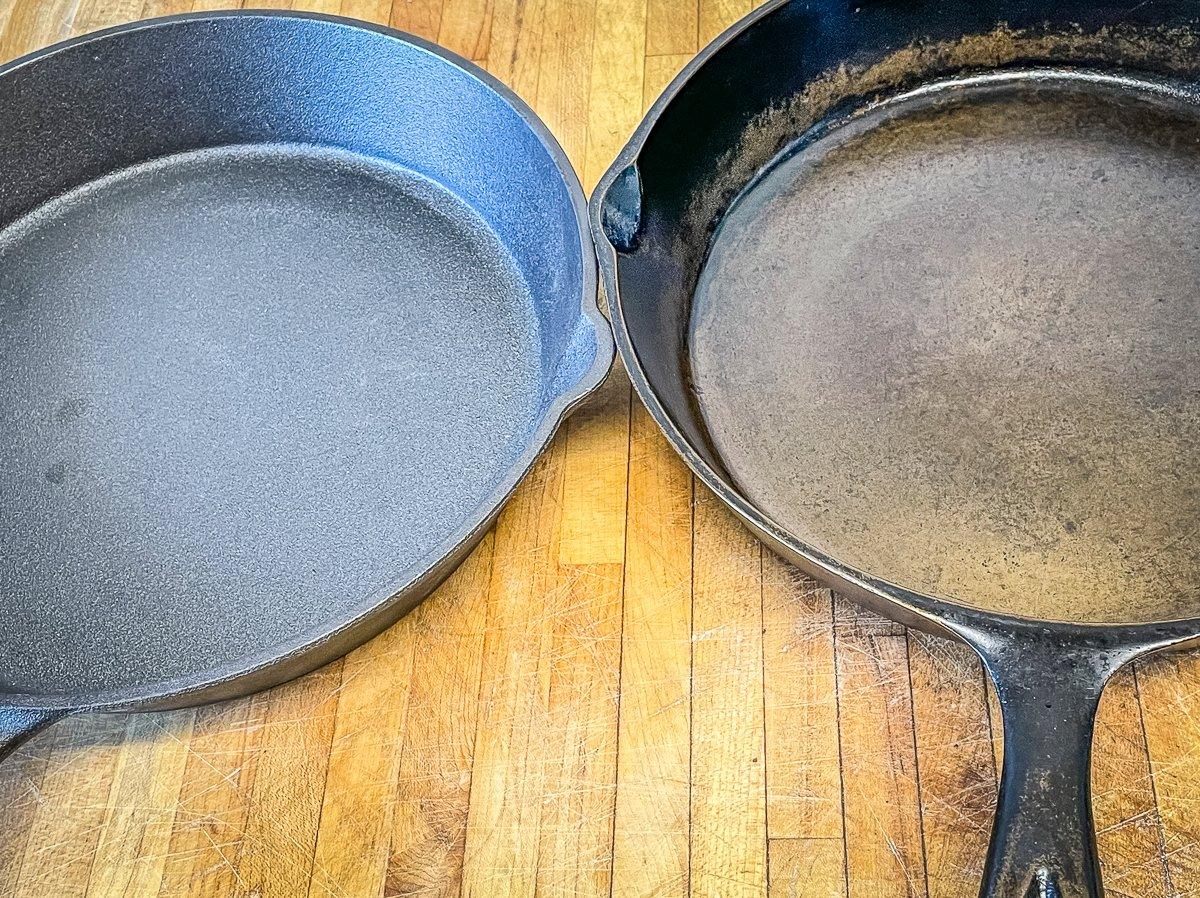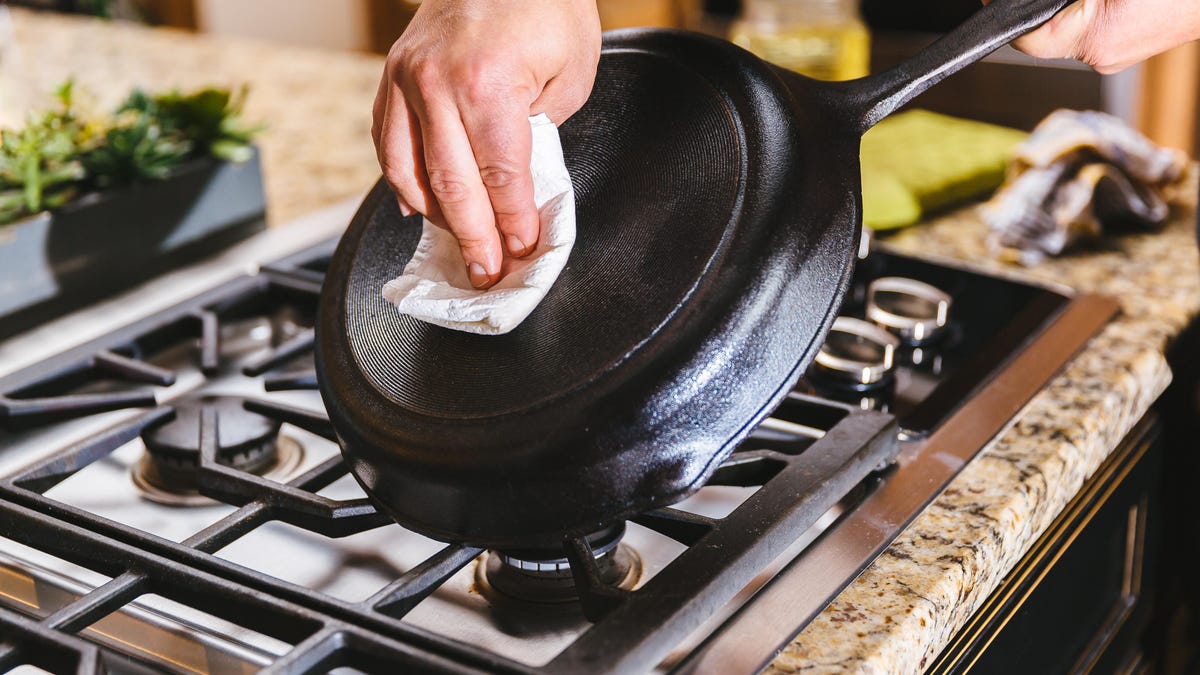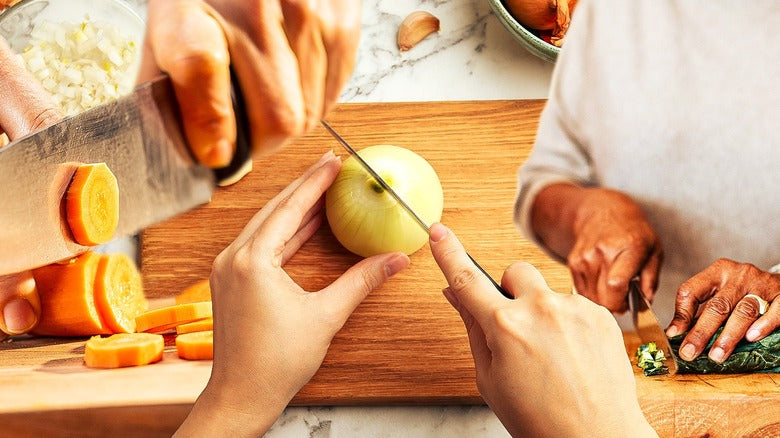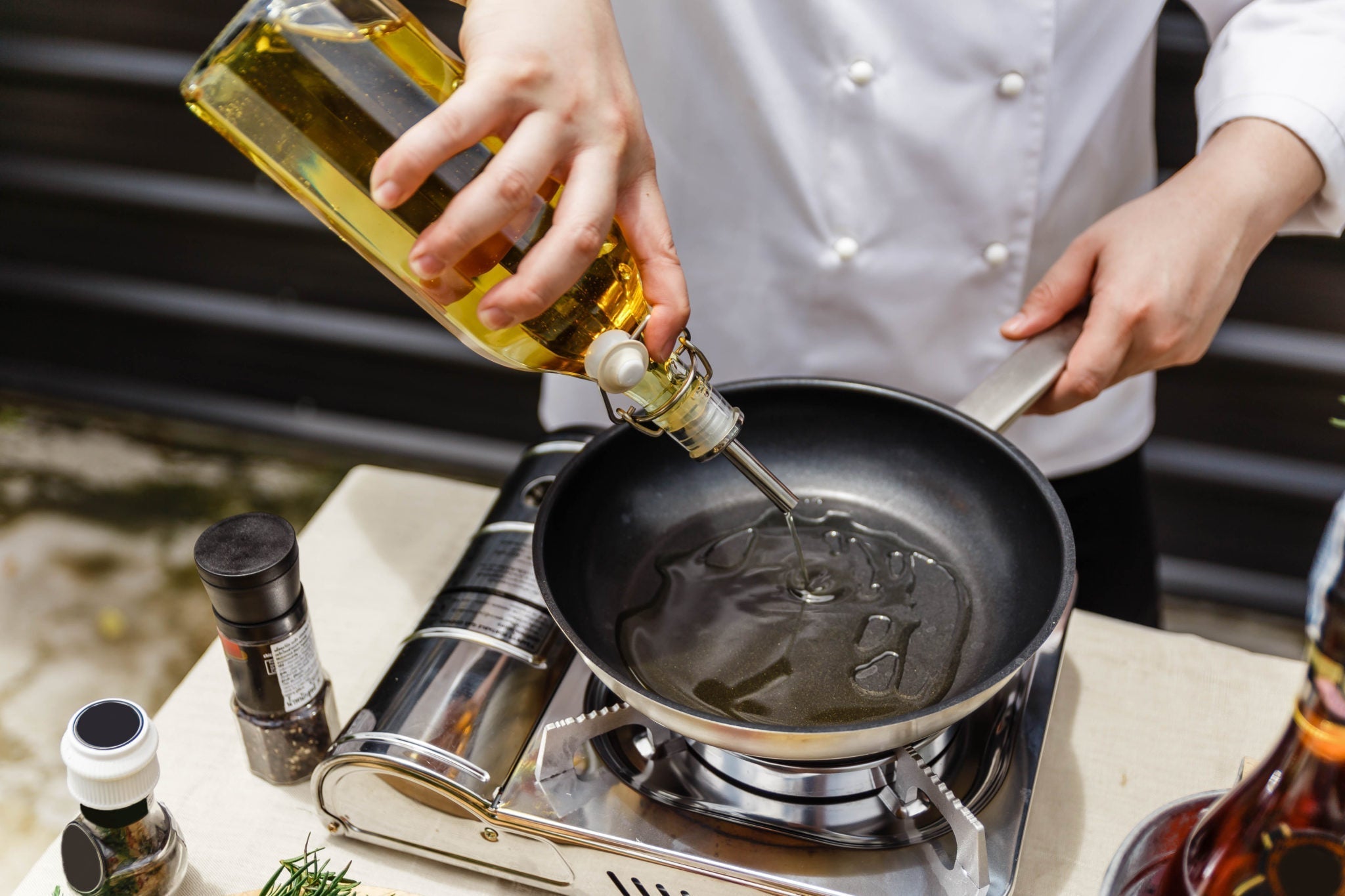As a kitchen professional, understanding what goes into maintaining your kitchen tools is crucial. One of the most essential tools is the cast iron cookware, which, if not properly cared for, can lead to many cooking dilemmas. In this comprehensive guide, we will discuss how to tell if your cast iron needs seasoning and provide tips for its upkeep.
Proper seasoning is what keeps cast iron pans from rusting and ensures they provide a non-stick surface for your culinary adventures. Let's dive into the key indicators that your cast iron needs some attention!

Why Cast Iron Needs Seasoning
Before we jump into the signs that indicate your cast iron needs seasoning, it is essential to understand why seasoning is crucial in the first place. Seasoning creates a protective layer that enhances durability and performance. Here are several reasons why seasoning is important:
- Prevents Rust: Cast iron is prone to rusting if not seasoned. A proper seasoning helps in creating a barrier between moisture and iron.
- Improves Non-Stick Quality: Seasoned cast iron offers better non-stick performance, making it a favorite among chefs.
- Enhances Flavor: A well-seasoned cast iron pan can enhance the flavor of the food prepared in it.
Signs Your Cast Iron Needs Seasoning
Now, let's look closely at the signs that suggest your cast iron cookware may need a new layer of seasoning:
1. Rust Appearance
The first indication that your cast iron needs seasoning is the presence of rust. If you see rust spots appearing, this is undoubtedly a sign that moisture has penetrated your seasoning layer, and immediate action is required. Rust not only affects the look but also compromises the safety and integrity of your cookware.
2. Sticky Texture
If your cast iron skillet feels sticky even after cleaning it, this indicates that the previous layer of seasoning has deteriorated. A proper surface should be smooth and dry. Sticky textures can compromise your cooking experience, making it difficult to achieve those perfect sears.
3. Gray Color on Cooking Surface
Ideally, cast iron cookware should have a dark, glossy appearance. If you notice your cast iron pan has a gray surface, its a strong indicator that your seasoning is compromised. This grayness allows food to stick and can lead to uneven cooking.
4. Food Sticking
If you find food consistently sticking to your cast iron, no matter how much oil you use, it's time to consider re-seasoning your cookware. This may be a sign that the protective layer is worn beyond repair.
How to Re-Season Cast Iron
Now that you've identified that your cast iron needs some love, let's talk about the steps to re-season your cookware:
Step 1: Clean It Thoroughly
The first step in the re-seasoning process is to clean your cast iron thoroughly to remove residual food particles and rust. Use a stiff brush and hot water to scrub it. Avoid using soap, as it can strip away the existing seasoning.
Step 2: Dry Completely
Once it's clean, dry your pan completely using a towel. Any remaining moisture can create new rust. You can also place it in a warm oven for a few minutes to ensure that its thoroughly dried.
Step 3: Apply Seasoning Oil
Use an oil with a high smoke point, such as flaxseed oil or vegetable oil, for seasoning. Apply a thin layer all over the inside and outside of the cast iron piece. Wipe off any excess oil with a paper towel.
Step 4: Bake Your Cast Iron
Place your cast iron upside down in the oven and bake it at around 450F for one hour. Placing it upside down prevents oil from pooling in the cooking surface.
Step 5: Cool Down Properly
Allow your cast iron to cool slowly in the oven. Once it's cool to touch, its ready for use!
Maintaining Seasoned Cast Iron
Maintaining the seasoning ensures your cast iron remains in top shape. Here are some tips:
- Avoid Soaking: Do not soak your cast iron in water as it can lead to rust.
- Use Minimal Soap: While washing, only use minimal soap if necessary, as too much can deteriorate the seasoning.
- Dry Immediately: Always dry your cast iron cookware right after washing to prevent rust formation.
- Oil After Use: After each use, wipe a thin layer of oil on the cooking surface to preserve the seasoning.
Additional Resources
For more in-depth insights on maintaining and seasoning cast iron, you can check out the following articles:
- What Oil to Use
- Build Seasoning
- Spots After Seasoning
- Lodge Seasoning Spray
- Cleaning Cast Iron
- All About Seasoning

Frequently Asked Questions
1. How often should I season my cast iron?
Most kitchen professionals recommend seasoning cast iron cookware every few months, or whenever you notice signs of rust or a sticky surface.
2. Can I use soap on my cast iron?
Yes, but use it sparingly. Too much soap can remove the seasoning layer that protects your cast iron.
3. Is it safe to use aluminum foil during seasoning?
Using aluminum foil on the bottom rack of the oven can help catch drips during the seasoning process. It's safe as long as its placed properly.
As an Amazon Associate, I earn from qualifying purchases.






Leave a comment
This site is protected by hCaptcha and the hCaptcha Privacy Policy and Terms of Service apply.